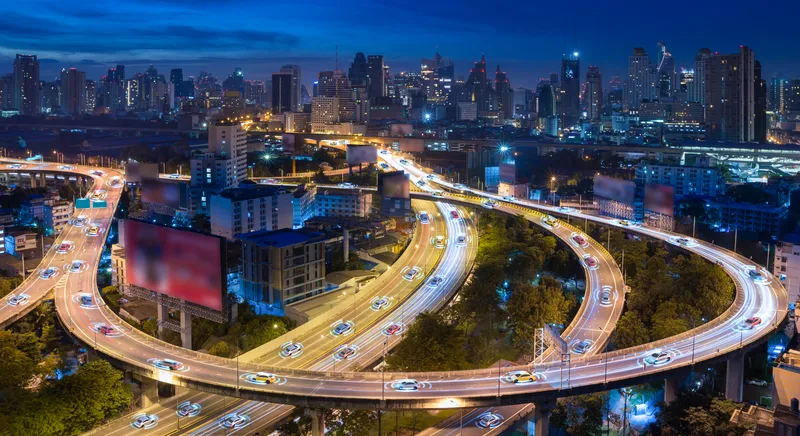When Indian toll concessionaire LT selected Telegra to provide customized toll solutions for 180 toll lanes within 16 toll stations located on seven highway sections, the company was presented with a range of challenges. For instance, classifying more than 50 different types of vehicles, grouping them in only 12 categories, all in real-time with 99.6% reliability rate. That challenge was solved using an automatic vehicle classification (AVC) system based on AI Beam Curtain. This Dream Workshop product by T
June 19, 2012
Read time: 2 mins
When Indian toll concessionaire LT selected 133 Telegra to provide customized toll solutions for 180 toll lanes within 16 toll stations located on seven highway sections, the company was presented with a range of challenges. For instance, classifying more than 50 different types of vehicles, grouping them in only 12 categories, all in real-time with 99.6% reliability rate. That challenge was solved using an automatic vehicle classification (AVC) system based on AI Beam Curtain.
This Dream Workshop product by Telegra is a fourmeter high infrared barrier. Based on advanced pattern recognition algorithm which matches vehicle side profile with reference vehicle side profiles, Telegra’s AVC achieves top classification accuracy and increases fraud detection rate thus providing more revenue to its owner. The digital image obtained in this fashion allows the intelligent processing and classification system to identify vehicles that can be classified into paying categories according to the concessionaire’s regulations.
Telegra says its TollWay software platform, designed to be open and suitable for producing customized solutions, more than met requirements. The entire software system consists of over 140 software modules grouped in five functional application areas covering incident management, system performance monitoring, Point of Sale, cash flow management and reporting.
This Dream Workshop product by Telegra is a fourmeter high infrared barrier. Based on advanced pattern recognition algorithm which matches vehicle side profile with reference vehicle side profiles, Telegra’s AVC achieves top classification accuracy and increases fraud detection rate thus providing more revenue to its owner. The digital image obtained in this fashion allows the intelligent processing and classification system to identify vehicles that can be classified into paying categories according to the concessionaire’s regulations.
Telegra says its TollWay software platform, designed to be open and suitable for producing customized solutions, more than met requirements. The entire software system consists of over 140 software modules grouped in five functional application areas covering incident management, system performance monitoring, Point of Sale, cash flow management and reporting.










